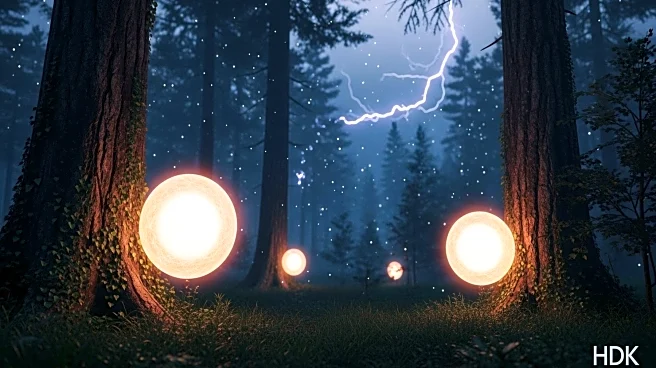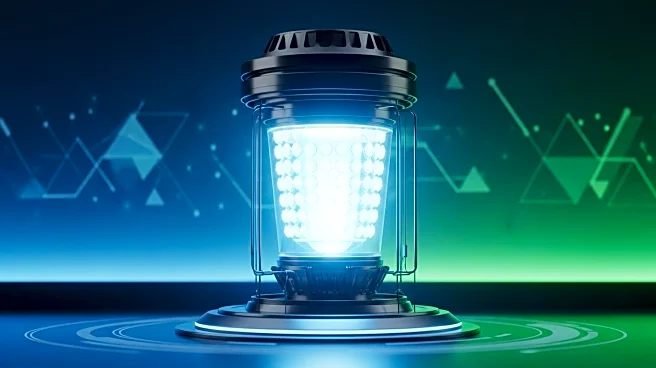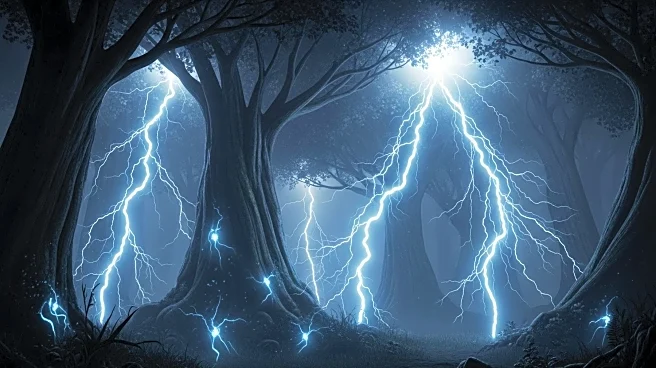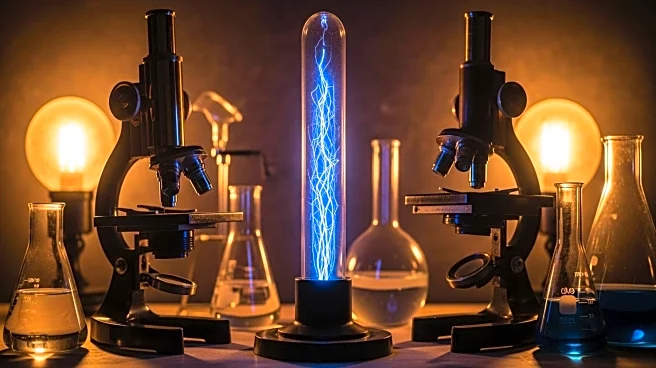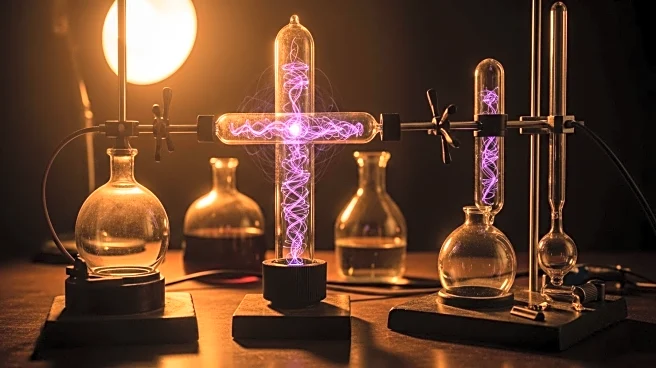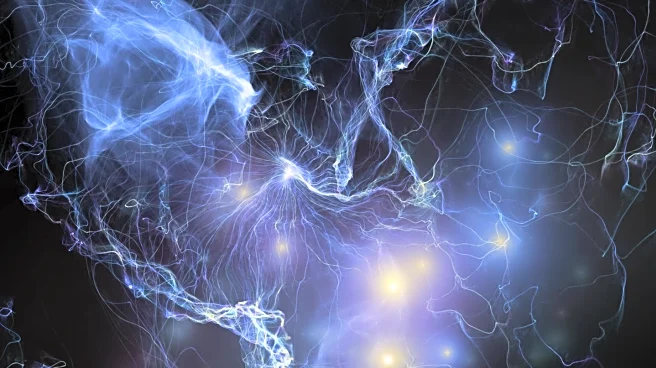What is the story about?
What's Happening?
Scientists have reportedly solved the mystery of will-o'-the-wisps, the ghostly blue flames seen over marshes and wetlands. Previous theories suggested these phenomena were caused by methane cool flames, but the activation energy required for methane oxidation was too high for spontaneous ignition. Recent experiments have shown that spontaneous electrical discharges, termed 'microlightning,' can occur between methane-containing microbubbles in water, providing a natural ignition mechanism. These discharges generate surface charge and energy needed to ignite methane, forming the will-o'-the-wisp. The study utilized high-speed imaging and other techniques to capture these brief emissions, supporting the link between electrified interfaces and spontaneous cool flames.
Why It's Important?
This discovery is significant as it provides a scientifically grounded explanation for a phenomenon that has puzzled observers for centuries. Understanding the natural ignition mechanism of methane could have broader implications for environmental science and engineering, particularly in the study of interfacial phenomena. The findings may influence future research on natural gas emissions and their interactions with the environment, potentially impacting policies related to environmental conservation and energy production.
What's Next?
Further research may explore the applications of this discovery in engineered systems, where controlling methane emissions and oxidation processes are crucial. Scientists might investigate how these microlightning discharges can be harnessed or mitigated in industrial settings, potentially leading to advancements in energy efficiency and environmental protection.
Beyond the Headlines
The study highlights the complex interactions between natural elements and the potential for spontaneous chemical reactions. It underscores the importance of interdisciplinary research in solving longstanding scientific mysteries and could inspire new approaches to studying natural phenomena.
AI Generated Content
Do you find this article useful?
